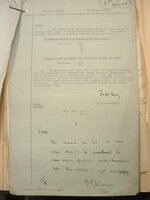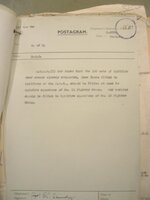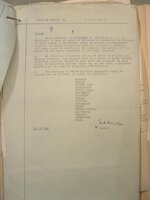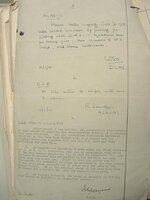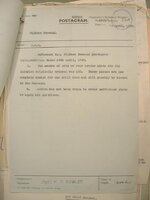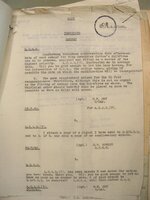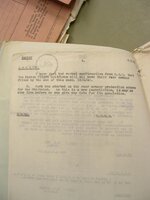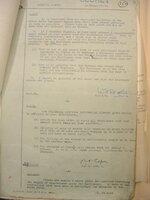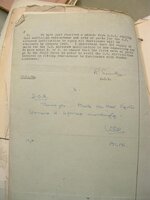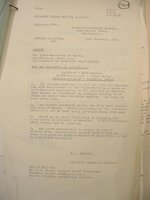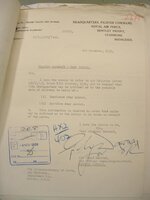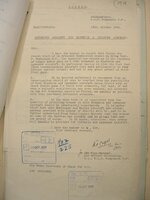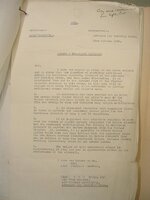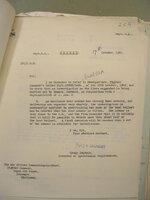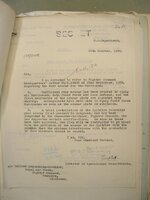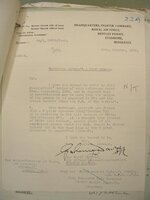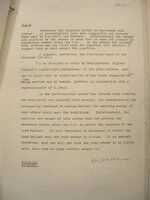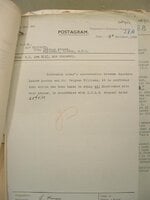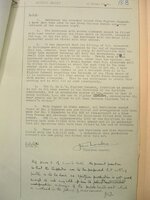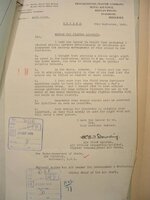I posted some of this before and it seems to be a recurring question, so I thought I would provide some relevant documentation in an easy to find thread.
Attachments
-
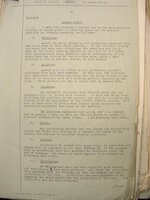 armour1.jpg96.5 KB · Views: 63
armour1.jpg96.5 KB · Views: 63 -
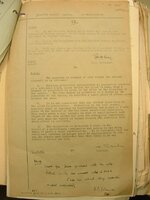 armour16.jpg77.2 KB · Views: 60
armour16.jpg77.2 KB · Views: 60 -
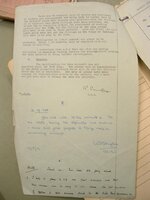 armour2.jpg72.6 KB · Views: 58
armour2.jpg72.6 KB · Views: 58 -
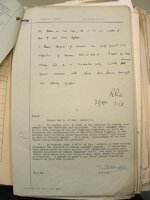 armour3.jpg86.5 KB · Views: 53
armour3.jpg86.5 KB · Views: 53 -
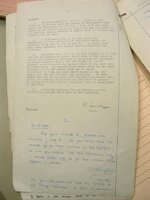 armour4.jpg81.7 KB · Views: 49
armour4.jpg81.7 KB · Views: 49 -
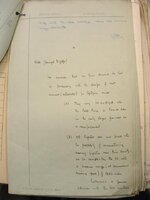 armour5.jpg58.5 KB · Views: 45
armour5.jpg58.5 KB · Views: 45 -
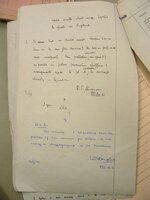 armour6.jpg61.8 KB · Views: 39
armour6.jpg61.8 KB · Views: 39 -
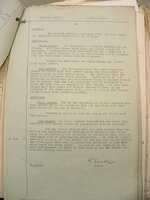 armour9.jpg90.5 KB · Views: 44
armour9.jpg90.5 KB · Views: 44 -
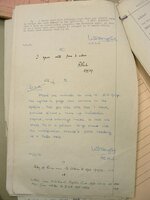 armour8.jpg70.8 KB · Views: 40
armour8.jpg70.8 KB · Views: 40 -
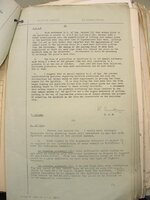 armour7.jpg97.6 KB · Views: 36
armour7.jpg97.6 KB · Views: 36 -
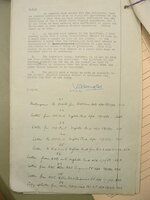 armour10.jpg81.2 KB · Views: 35
armour10.jpg81.2 KB · Views: 35 -
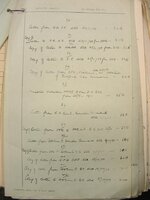 armour11.jpg68.6 KB · Views: 37
armour11.jpg68.6 KB · Views: 37 -
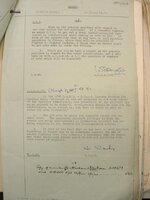 armour12.jpg76.2 KB · Views: 40
armour12.jpg76.2 KB · Views: 40 -
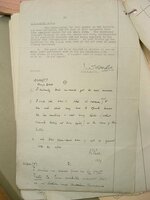 armour13.jpg74.4 KB · Views: 34
armour13.jpg74.4 KB · Views: 34 -
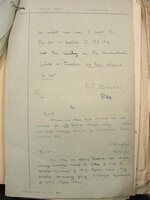 armour14.jpg61.7 KB · Views: 40
armour14.jpg61.7 KB · Views: 40 -
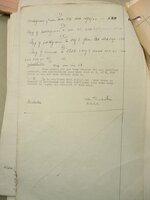 armour15.jpg59 KB · Views: 57
armour15.jpg59 KB · Views: 57

